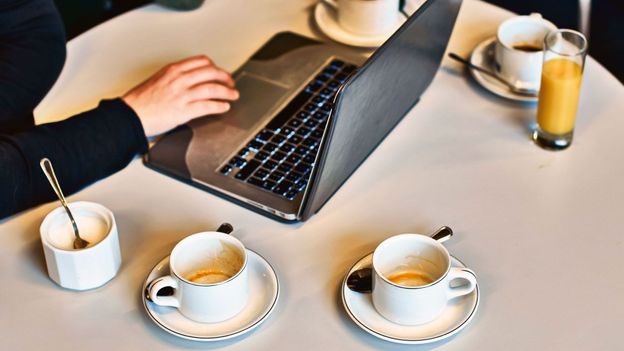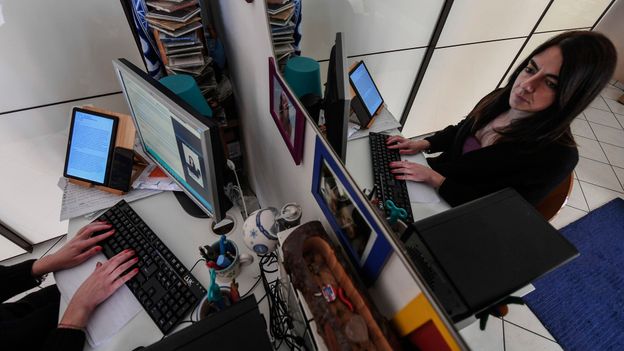This article originally appeared on The Conversation, and is republished under a Creative Commons licence.
Do you pick up any old notebook and pen when you need them, or do you have a thing for Moleskines or Montblancs?
Whether or not you’re picky, know that tools for the hands are tools for the brain. Handwritten notes are a powerful tool for encrypting embodied cognition and in turn supporting the brain’s capacity for retrieval of information. And secondly, when you take notes by hand, your hands create a robust external memory storage: your notebook.
Taking notes by hand is a win-win, and belongs in every student’s cognitive tool kit. Learning how to take notes by hand effectively, and how to ingrain note-taking as a key learning and study tool, can begin as early as grades 3 or 4, but it’s never too late to begin.
We live in a digital age where daily functioning involves digital communication. Automaticity in keyboarding is an important skill too, and the tools and applications for digital communication will continue to evolve and have their place. But keyboarding does not provide the tactile feedback to the brain that contact between pencil or pen and paper does — the key to creating the neurocircuitry in the hand-brain complex.
The processing advantage
While your laptop might seem faster and more efficient, there are good reasons for having a paper-bound notebook and pen — any kind you prefer — at the ready.
Researchers have found that note-taking associated with keyboarding involves taking notes verbatim in a way that does not involve processing information, and so have called this “non-generative” note-taking. By contrast, taking notes by hand involves cognitive engagement in summarising, paraphrasing, organising, concept and vocabulary mapping — in short, manipulating and transforming information that leads to deeper understanding.
Note-taking becomes note-making: an active involvement in making sense and meaning for later reflection, study or sharing of notes to compare understanding with lab partners or classmates. This becomes a potent study strategy, as one’s own processing can be further consolidated through talk.













